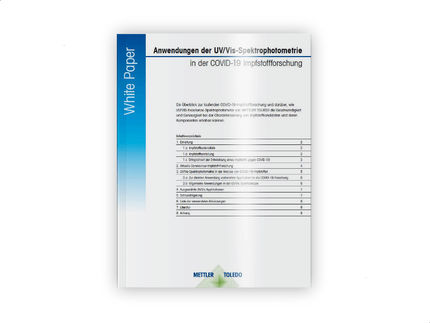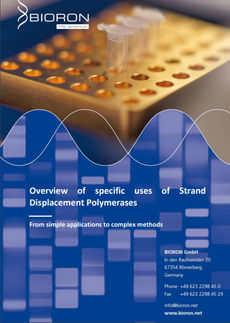Mettler-Toledo
UV/VIS Spectrophotometry Applications for Life Science in a Nutshell

UV/VIS Spectrophotometry has become a standard method used on a daily basis in many life science laboratories. This is mainly due to its simplicity; it does not require complex sample preparation, it is easy to perform, and results are obtained within seconds. The UV/VIS Life Science Applications in a Nutshell guide deepens into the most common applications, such as: concentration determination and purity of nucleic acids, concentration determination of proteins by direct measurement or colorimetric assays, study of enzymatic reactions, and monitoring growth curves of bacterial suspensions.
Advertisement


















